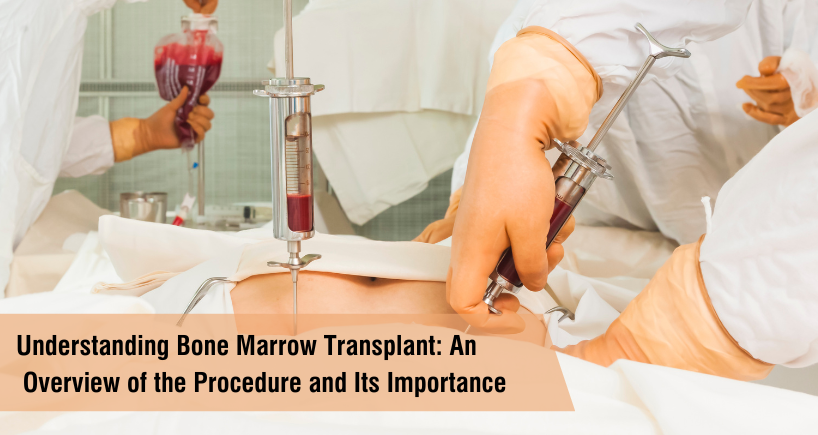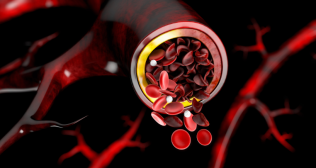
Understanding Bone Marrow Transplant
Understanding Bone Marrow Transplant: An Overview of the Procedure and Its Importance
Bone marrow transplant, also known as hematopoietic stem cell transplant, is a critical and life-saving procedure used to treat various hematologic disorders and cancers. It involves the transplantation of healthy stem cells to replace damaged or malfunctioning bone marrow. This blog provides a comprehensive overview of the bone marrow transplant procedure, its importance, and its impact on patients' lives.
1. The Role of Bone Marrow in the Body
Bone marrow is a soft, spongy tissue found inside certain bones, such as the hipbones and sternum. It is a crucial component of the body's hematopoietic system, responsible for producing various blood cells, including red blood cells, white blood cells, and platelets. These cells play essential roles in carrying oxygen, fighting infections, and promoting clotting.
2. Indications for Bone Marrow Transplant
Bone marrow transplant is used to treat a range of conditions, including leukemia, lymphoma, multiple myeloma, aplastic anemia, sickle cell disease, and some genetic disorders. The procedure is often considered when conventional treatments, such as chemotherapy or radiation therapy, fail to achieve remission or cure.
3. Types of Bone Marrow Transplant
There are three main types of bone marrow transplant: autologous, allogeneic, and syngeneic. Autologous transplants use the patient's own stem cells, allogeneic transplants involve stem cells from a matched donor, and syngeneic transplants use stem cells from an identical twin.
4. The Importance of HLA Matching
In allogeneic bone marrow transplants, the compatibility of the donor's and recipient's human leukocyte antigens (HLA) is critical. HLA matching helps reduce the risk of graft-versus-host disease (GVHD) and improves the likelihood of a successful transplant.
5. The Bone Marrow Transplant Procedure
The bone marrow transplant procedure typically consists of four main stages: preparative regimen, stem cell collection or harvest, infusion or transplantation, and post-transplant care. The preparative regimen involves high-dose chemotherapy or radiation therapy to eliminate the diseased cells and create space in the bone marrow for the new stem cells.
6. Sources of Stem Cells
Stem cells for transplant can be obtained from various sources, including the bone marrow, peripheral blood, and umbilical cord blood. Each source has its advantages and considerations based on the patient's condition and available donors.
7. Graft-versus-Host Disease (GVHD)
GVHD is a potential complication in allogeneic bone marrow transplants, wherein the transplanted immune cells recognize the recipient's body as foreign and attack healthy tissues. Understanding GVHD and its management is crucial for post-transplant care.
8. Engraftment and Recovery
Engraftment refers to the successful integration of donor stem cells into the recipient's bone marrow, where they begin producing healthy blood cells. The recovery period after bone marrow transplant involves close monitoring, supportive care, and infection prevention.
9. Life After Bone Marrow Transplant
Survivors of bone marrow transplant face unique challenges, including the risk of infection, long-term side effects, and psychosocial adjustments. Comprehensive follow-up care, including physical and emotional support, is essential for their well-being.
10. Advances and Innovations in Bone Marrow Transplantation
Ongoing research and advancements in bone marrow transplant techniques, such as reduced-intensity conditioning and haploidentical transplants, continue to improve outcomes and expand the eligibility of patients for transplantation.
Conclusion : Bone marrow transplant remains a critical and life-changing procedure for patients facing hematologic disorders and certain cancers. Understanding the intricacies of the procedure, the importance of HLA matching, potential complications like GVHD, and the recovery process is vital for patients, caregivers, and healthcare professionals. With ongoing research and advancements, bone marrow transplant continues to offer new hope and improved outcomes, providing a chance at a healthier, disease-free future for countless individuals around the world.



















